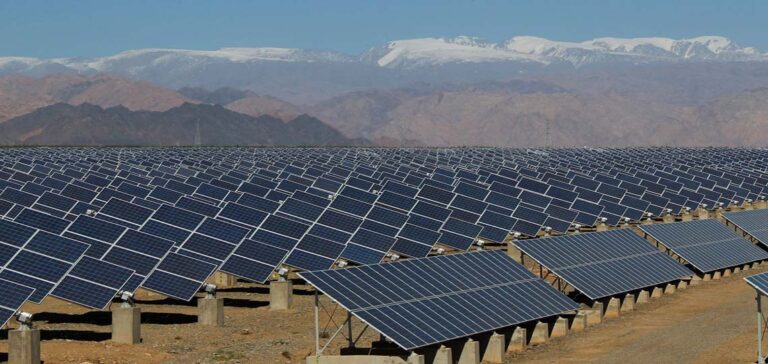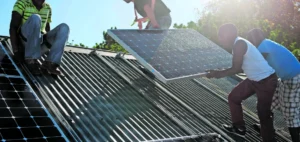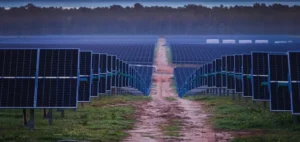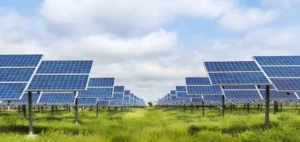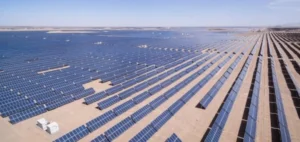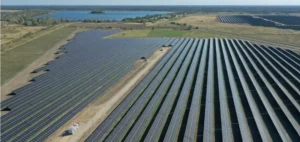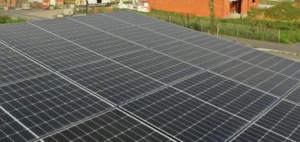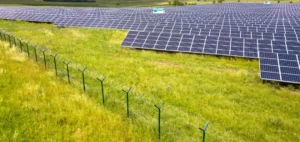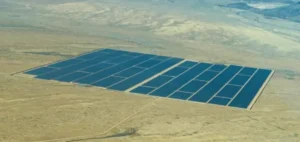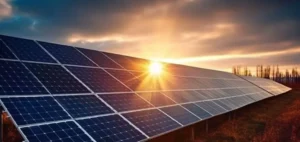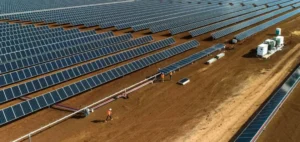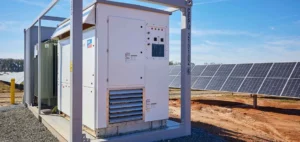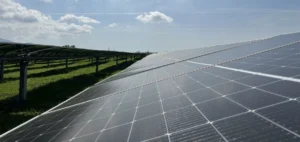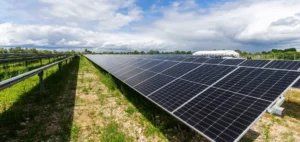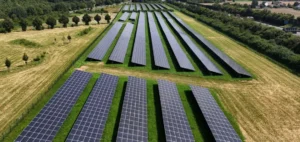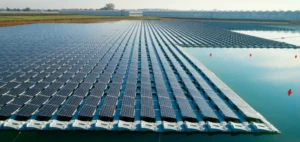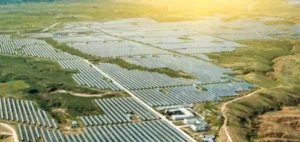A colossal investment in the solar sector has put one global player in a leading position, with a stranglehold that is set to extend to over 80% of the production of essential components in the coming years. According to Wood Mackenzie’s analysis, these developments herald a radical shift in the balance of power in an industry that is vital to our energy future.
Competition and its Limits in the Face of Cost Domination
The resulting capacity for investment and expansion has given this giant a considerable head start, with production costs far lower, making competition tough. Similarly, a module manufactured here costs half as much as its European equivalent, and almost three times less than that in the USA, highlighting the international competitive challenges.
Technological Initiative and the Growing Gap
In the face of efforts by other nations to increase their production capacity, our strategy of developing N-type cells is a clear demonstration of our technological leadership. This technological gap could reinforce an already well-established pre-eminence in the globalsolar industry.
The Challenges of Overproduction and the Future of Solar Technology
Mass production brings with it consequences such as oversupply and intense pressure on manufacturers, who have to navigate between capacity reduction and the risk of closure. Moreover, the decline in demand for less efficient products, such as P-type cells, heralds a reorientation of the market.
Industry outlook and geopolitical implications
Wood Mackenzie’s report puts into perspective the evolution of an industry entering a critical period. Module manufacturers have to adapt to a new economic reality, while taking into account the geopolitical implications that accompany technological and production monopolies.
Wood Mackenzie’s detailed analysis highlights the evolution of a hegemony in the solar sector that could redefine the parameters of global energy supply. While some see this trend as a potential consolidation of cost and technology supremacy, others see it as an opportunity to rethink energy policies and strengthen technological independence. The transition to a sustainable global solar economy thus seems to be at a crossroads between innovation and geopolitical strategy.

